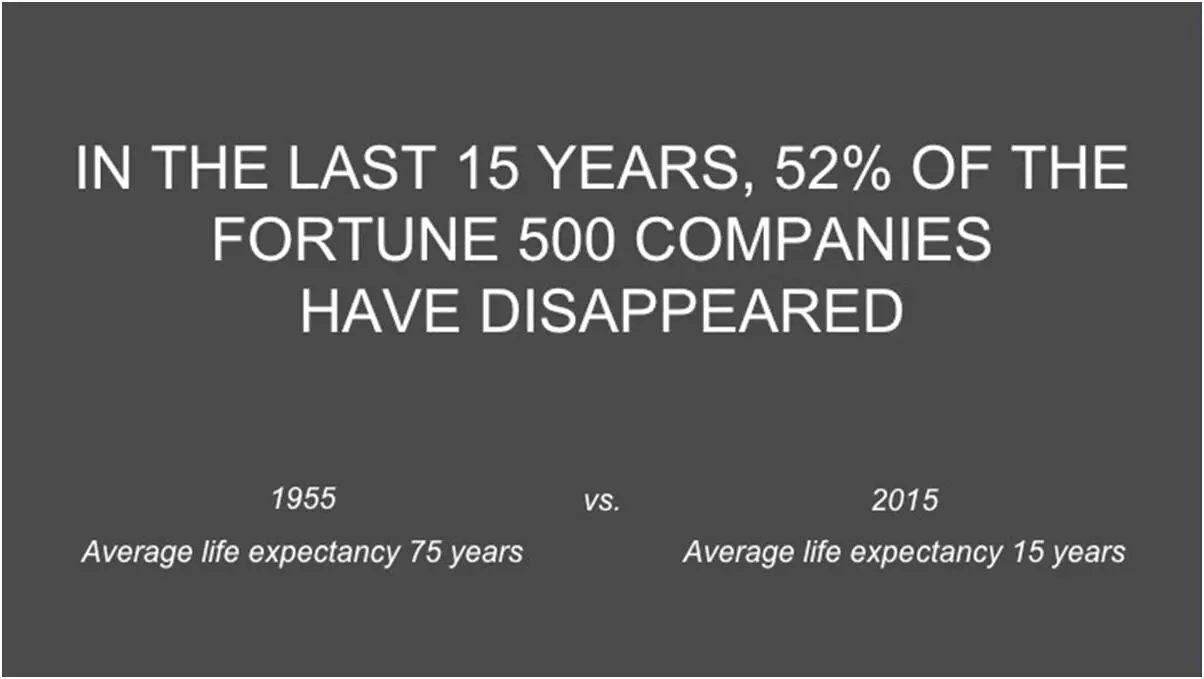Thomas Menthe
A new era of Value Selling
Imprint
A new era of Value Selling
Thomas Menthe
Copyright: © 2019 Thomas Menthe
Book set & Envelope: Erik Kinting / www.buchlektorat.net
Grafikdesign: Lennart Rohlfing
Published by epubli
www.epubli.de
A Service from neopubli GmbH, Berlin
List of figures and tables
Figure 1:Linear Funnel model Figure 1: Linear Funnel model Source: McKinsey, 2009 Figure 2: The customer journey today Source: McKinsey, 2009
Figure 2:The customer journey today Figure 2: The customer journey today Source: McKinsey, 2009
Figure 3:Translating Customer Value Learning into Action Thomas Menthe
Figure 4:Customer Value in Exchange Thomas Menthe
Figure 5:Addressing emotional and rational needs of a customer
Figure 6:Customer value
Figure 7:How emotions influence B2B buying
Figure 8:Communication of a seller´s offering towards the customer’s needs
Figure 9:Elements of the Value Pyramid
Figure 10:Components of Customer Value
Figure 11:Suggested Process Framework for a Value Based Sales Process
Figure 12:From Product Selling to Co-makership
Digitization is just one of the major influences and trends that requires companies to significantly change and adapt to improve their offerings and customer relationships. While the idea of digitization and globalization is not new, there is a new wave of transformative technologies with the potential to substantially affect the world around us. Artificial Intelligence, Big Data, Internet-of-things, Robotics, and Blockchain, to name a few, allow new areas for opportunities and differentiation for vendors and suppliers. Many of these technologies will impact the marketing function and in particular sales organizations, customer interaction and demand. Looking at the future of sales, we proclaim six assumptions:
1 Robots will take over commodity and, ultimately, business-to-business sales (B2B). By 2020, digital sales will be well established in B2B and chat bots will take over part of the sales function. In consequence, understanding customers creates the highest emotional value for prospects. If customers know what they want, they don’t need a sales person anymore
2 E-commerce includes complex solutions - the end of solution sales?
3 Emotional value-add differentiates a sales organization
4 Proactively identifying customer pain points is applied by many collaborative start-ups, which have found ways to simplify complex and frustrating customer experiences. Uber, Airbnb and Lyft have disrupted whole business sectors and created new markets
5 Artificial Intelligence and analytics impact not only the B2C environment with chatbots etc., but B2B markets are adapting these technologies and sales organizations need to respond. Well-designed analytics programs deliver significant top-line and margin growth by guiding sales teams to better decisions
6 Agility, customer obsession, trust-building and long-term thinking are the new principles for sales success
We are living in the era of subscription and have entered the shared economy. Back in the 1970s, product sales served customer needs. When customers became more demanding, they asked for services like product support, warranties, maintenance, installation or consulting. The early 1990s were driven by the introduction of electronic commerce and online sales, and companies like Amazon changed the way we buy books, which disrupted a whole economy of traditional book stores. Being customer-centric was en-vogue in the 2010s.
In many markets, service margins are up to four times higher than product margins and therefore influence revenue streams and profit results much more. It is not enough to just have high performing products and services, if the sales appearance and brand recognition from the beginning of the sales process to the end are not sufficient. Selecting the right set of supplementary services is equally as important as their quality, which is finally measured by customer satisfaction and loyalty of the customer-life-cycle. Back in the 1990s, companies like HP started selling their printers at a very low cost in order to compensate the loss of product margin with frequent future sales of printer cartridges, while optimizing utilization and quality during the production process. Customer value is not generated by products anymore, but by services, and companies need to realize that this requires a shift towards a cross-functional process to deliver that value through customer-specific solutions. Buying decisions are already made without the sales person.
Still, companies are trying to find a way to focus away from their internal processes and structures towards understanding the journey of the customer along their touchpoints in order to respond to customer needs rather than to develop new products and try to sell them through traditional marketing channels like sales organizations or push marketing. Today, we live and work in an era where the relationship is the center of buying and selling. Vendors increasingly face the alternative of either gaining a key supplier status with their customers or being pushed into the role of a backup supplier. As product and price become less important factors, suppliers of routinely purchased products search for new ways to differentiate themselves in a buyer–seller relationship. This suggests finding new avenues for differentiation through value creation in business-to-business relationships. Results from research have found that relationship benefits display a stronger potential for differentiation in key supplier relationships than cost considerations.
Speed has become a key differentiator to distinguish yourself. Consumers can expect to receive their parcel the next day or with Amazon Prime Now within 1 hour after ordering online. B2B companies can launch 1000 servers and build a whole data center within minutes and go global by using cloud technology (a network of distributed and highly-automated servers on the internet). Traditional overnight batch processes cannot satisfy the requirements of a modern company. Agility and real-time processes are needed to establish the next generation of value chains.
What happened to the Fortune 500 companies?

In the last 15 years, 52% of the fortune 500 companies (S&P 500 index) have disappeared. In 1955, the average life expectancy was 75 years. In 2015, the average life expectancy of companies was 15 years. In most organizations, decision cycles lagged behind technology cycles, which is the reason why they struggle to respond to digital disruptions.
According to Capgemini (2015), one key reason for organizations becoming complacent is management inertia - the failure to sense the need for change. For example, Kodak had most of the patents for the digital photography technology, but did not commercialize them aggressively as it feared the cannibalization of its film business. Successful responses to digital disruptions launched services that mimicked those of a disruptive competitor. They started hiring digital talents, acquired multiple startups in innovative fields, and incorporated the teams into their operations later.
What is the impact if companies do not adapt new technologies?
Читать дальше












